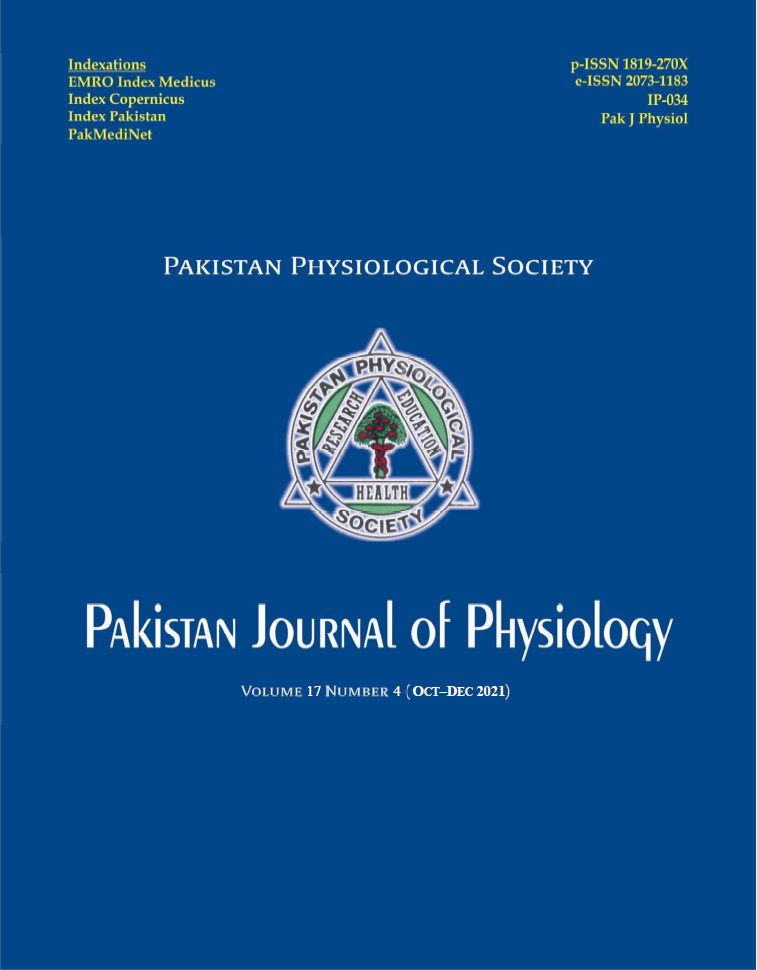MEVASTATIN: A NOVEL AGENT FORMING DOPAMINERGIC NEURONS FROM HUMAN MESENCHYMAL STEM CELLS
DOI:
https://doi.org/10.69656/pjp.v17i4.1391Keywords:
Cell Therapy, Parkinsonism, Neurodifferentiation, Mevastatin, Dopaminergic neuron formationAbstract
Background: Human umbilical cord derived mesenchymal stem cell (hUMSCs) are in experimental phase for treatment of various neurological disorders. Differentiating these cells into neurons is expensive and painstaking. Mevastatin a commonly used antihyperlipidemic agent is known for its neuroprotective effect. We investigated the differentiation response of human umbilical cord derived mesenchymal stem cell (hUMSCs) to Mevastatin. Methods: In this dose-response experimental study, hUMSCs were isolated and characterized for presence of specific stem cells markers (cd90, cd73, cd105, oct4) by conventional PCR and Immunocytochemistry (Vimentin, cd24, cd90). Then, the cytotoxicity of the compound (Mevastatin) was analyzed to select the best working concentration for neuronal differentiation. Cells were grown in the presence of the least cytotoxic concentration for 2 weeks. The differentiated cells were analyzed for morphological changes and neuron specific markers by qPCR and Immunocytochemistry. Results: hUMSCs derived dopaminergic neurons to be similar to those found in the human midbrain based on cell type and results showed positive expression of dopaminergic neuron specific genes (TH, NURR1, LMAX1). Positive expression of TH was observed in the differentiated cells. Additionally, the differentiated cells lost the expression of stem cells specific marker cd24, which was evident in the control cells. Conclusion: Mevastatin can differentiate hUMSCs into dopaminergic neuron like cells at 1 µM concentration. Using Mevastatin (when required) in those dyslipidemic patients who have increased susceptibility to Parkinson’s disease is suggested. However, further research in this direction is recommended.
Pak J Physiol 2021;17(4):3–7
Downloads
Downloads
Published
How to Cite
Issue
Section
License
The author(s) retain the copyrights and allow their publication in Pakistan Journal of Physiology, Pak J Physiol, PJP to be FREE for research and academic purposes. It can be downloaded and stored, printed, presented, projected, cited and quoted with full reference of, and acknowledgement to the author(s) and the PJP. The contents are published with an international CC-BY-ND-4.0 License.











